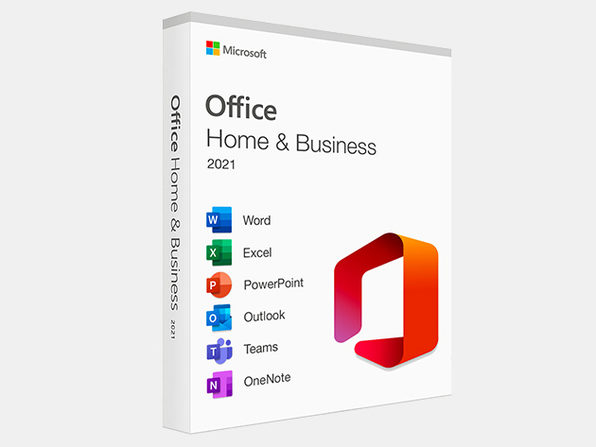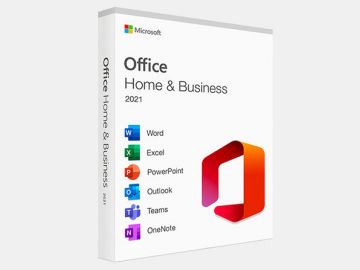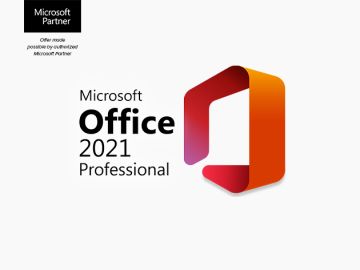Apple Watch Gets Cleared for Hypertension Alerts in Canada

Toggle Dark Mode
Earlier this month, while unveiling this year’s Apple Watch lineup, Apple announced that it would be bringing at least some of the long-awaited blood pressure monitoring capabilities to the Apple Watch. However, while Apple said that it was preparing to launch that in the United States and over 150 other countries, one was conspicuously missing: its neighbor to the north.
While that was disappointing for many of us Canucks, it also wasn’t all that surprising. Many of Apple’s health features must pass muster with government regulatory agencies in each country before they can be activated. Even the US Food and Drug Administration didn’t give Apple’s new hypertension alert feature the green light until three days after Apple’s “Awe Dropping” event.
That was the same day pre-orders opened for the Apple Watch Series 11 and Ultra 3, giving Apple time to ensure the feature was ready when those devices reached customers. The feature was also not exclusive to the latest Apple Watch models; the Apple Watch Series 9, Series 10, and Ultra 2 all have the necessary hardware to handle this. When watchOS 26 shipped three days after FDA approval, the feature was enabled on those older models as well.
While hypertension alerts were rolled out to dozens of other countries, Health Canada had yet to approve the feature, so it was not available in Canada when watchOS 26 was released.
However, there’s some good news. In what feels like a repeat of last year’s situation with sleep apnea detection, Health Canada has now given its stamp of approval for hypertension alerts, as reported by iPhone in Canada:
The licence was granted on September 25, 2025, under Licence No. 114026, as spotted by customers following the Health Canada medical devices listing page. The feature works by analyzing heart data collected through the Apple Watch’s optical sensor. Over a 30-day period, it looks for patterns suggesting chronic high blood pressure (hypertension) and notifies the wearer if it detects concerns.
Last year, sleep apnea detection was similarly cleared by the FDA on September 13, in between Apple’s “Glowtime” launch event and the release of watchOS 11. However, Canadians missed the initial launch of this, since it didn’t receive Health Canada approval until September 26, so while it also launched in over 150 countries on September 15, Canada wasn’t one of them.

While many feared the feature would be held back for a watchOS 11 update, sleep apnea notifications arrived in Canada in late October without any new software release; watchOS 11.1 wasn’t released until four days after that announcement was made, and while it’s possible Apple may have snuck some tweaks into watchOS 11.0.1 to add Canadian support, the lack of even a minimum requirement in Apple’s press release suggests that even this may not have been necessary.
While Canada is still waiting for most of the new AirPods Pro hearing health features announced in September 2024, the landscape for these is a bit more complicated. Even though Health Canada approved the use of AirPods Pro as hearing aids in December, there are additional regulatory hurdles that need to be addressed in each of the individual Canadian provinces, where hearing aids typically require a prescription from an audiologist or a doctor.
Thankfully, blood pressure monitors don’t fit into the same restricted category. Even full-featured devices can be purchased over the counter at retailers ranging from pharmacies to Walmart. This means that, like other Apple Watch health features, the approval by Health Canada should be sufficient to clear hypertension alerts for the entire country.
This gives us hope that hypertension alerts will follow in the footsteps of sleep apnea detection. Now that Health Canada has given the feature its blessing, it should simply be a matter of Apple doing whatever else is necessary to turn the key on its end. This might still not arrive until watchOS 26.1 is released, but it’s likely possible for Apple to enable it sooner, as it’s likely to be similar to what has already been rolled out in much of the rest of the world.








